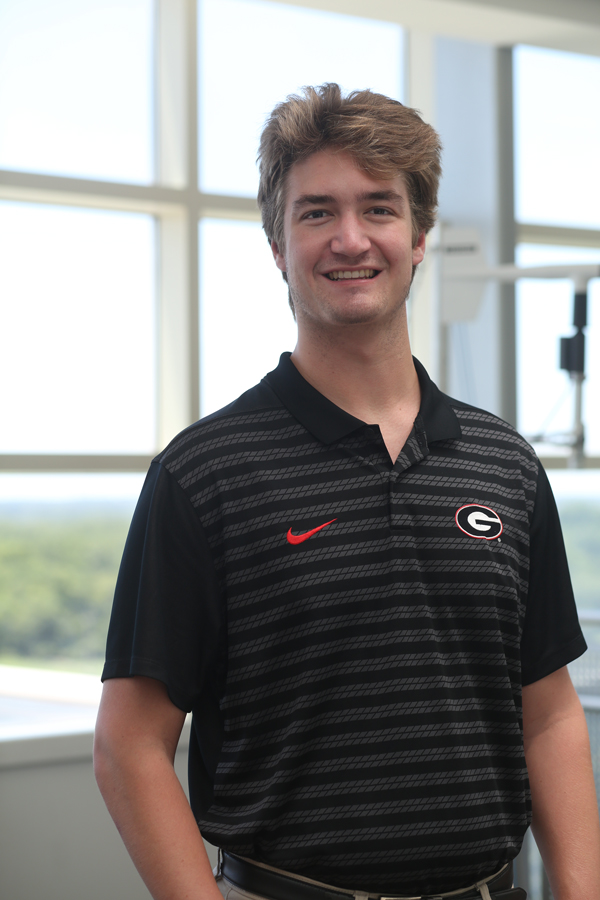May 22 - July 30

State-Dependent Bias Correction Within Convection-Allowing Ensemble Systems using Random Forests
Jacob Peace, Aaron Johnson, Xuguang Wang
What is already known:
- Convection-Allowing Ensembles produce a range of possible future weather outcomes and can average out random errors, but systematic model biases often remain in 2-m temperature and dew point forecasts.
- Machine Learning (ML) has proven successful in increasing forecast accuracy for a variety of meteorological phenomena (severe weather, hail, turbulence, climate, etc.).
- Land-atmosphere interactions play a role in 2-m temperature and dew point forecasts.
What this study adds:
- Machine Learning, and more specifically, Random Forest ML, has proven more successful in bias correction than domain-average bias correction in forecasts of 2-m temperature and dew point.
- RF ML was able to pick up on specific biases within the forecast model, revealing soil water content, soil temperature, sea level pressure, and geographic location as the strongest predictors for forecast model bias.
- Specific relationships among predictors, model bias, and meteorological processes differs at the 6-hour lead time (valid 0600 UTC) as opposed to the 21-hour lead time (valid 2100 UTC).
Abstract:
High resolution convection-allowing ensemble systems do well to cover a wide range of possible outcomes, as opposed to deterministic model runs, to provide the best forecast. These ensemble systems, however, still struggle to produce accurate forecasts of 2-meter temperature and 2-meter dew point that are free of error, and much of this error can be due to systematic bias rather than random error. Using a method of bias correction, this systematic error can be corrected by simply removing consistent domain average errors from forecasts, which makes modest improvements. More advanced methods are explored in this study, employing the use of machine learning, specifically random forests (RF), to bias correct beyond what has already been done. RF models were trained on 20 historical ensemble forecast cases and validated on 6 independent events using a specific set of predictors, mainly focusing on land-atmosphere interactions. Multiple hyperparameter configurations were tested to identify the most effective model. RF bias correction showed substantial improvement over 2 forecast lead times examined, 6 and 21 hours. Partial dependence plots were used to interpret predictor influence, with soil moisture pressure-related variables, and latitude and longitude emerging as key contributors. These findings suggest that RF-based corrections are skillful in short-term ensemble forecasting in near-surface temperature fields.